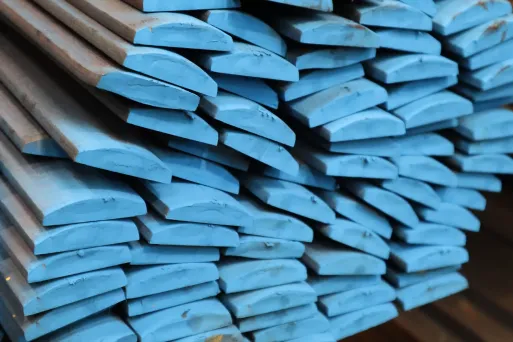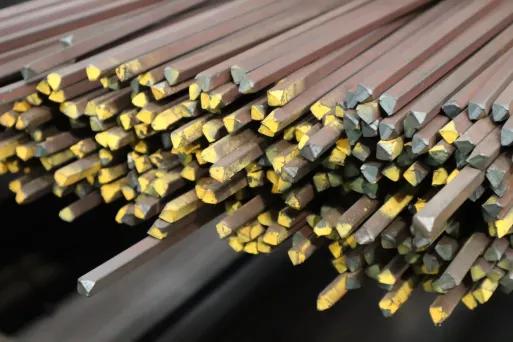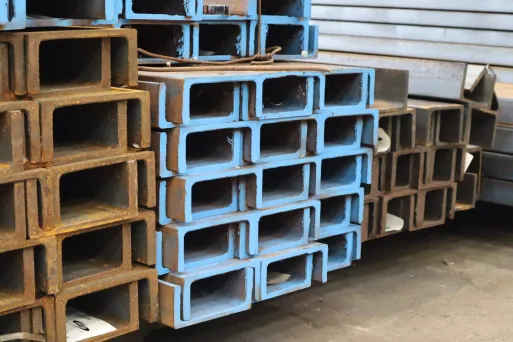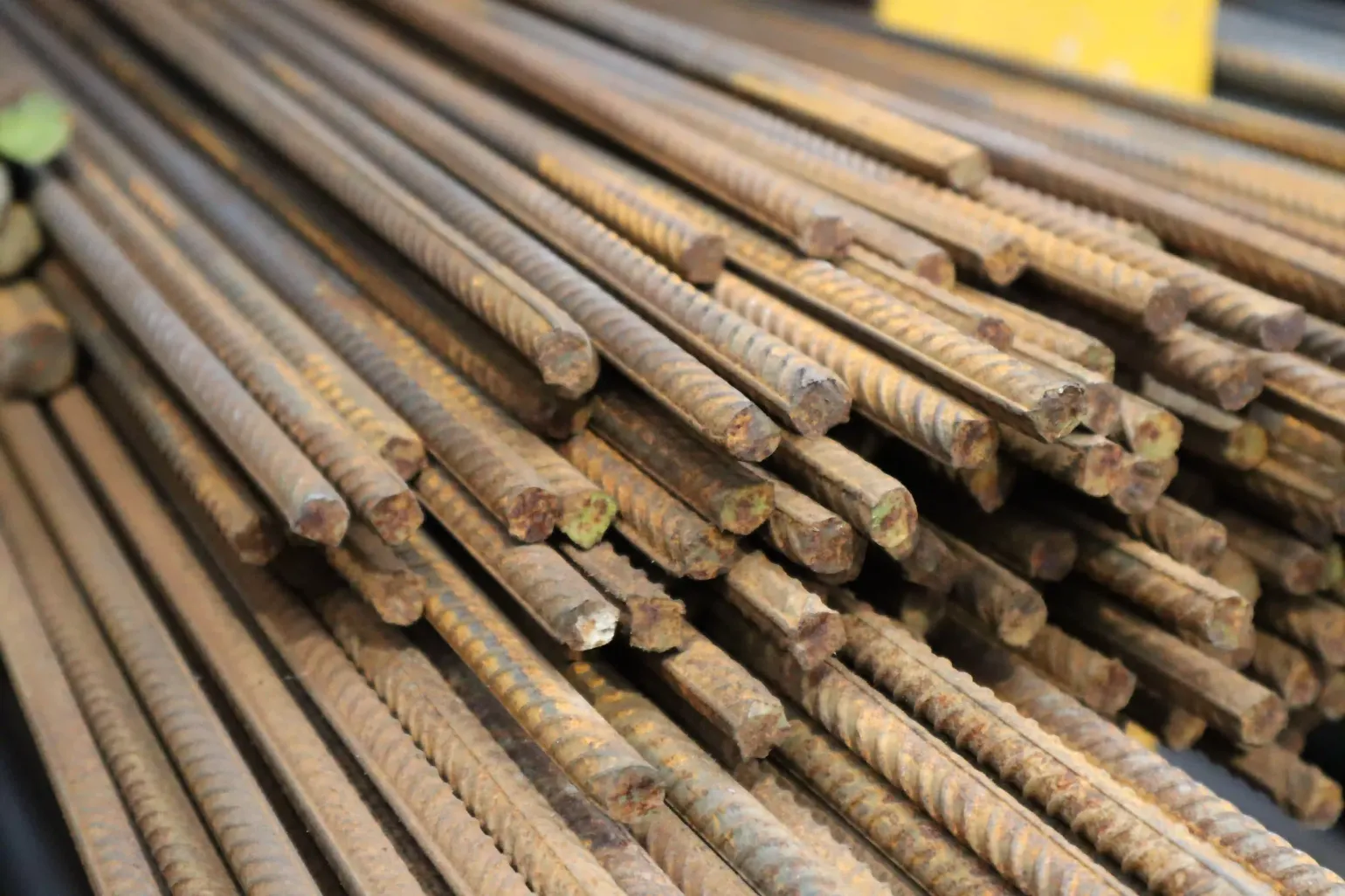Guide to Low Carbon Steel
In a world where climate change is an ever-present concern and sustainable alternatives are highly sought after, low carbon steel is fast growing in popularity. As steel is used in everything from sewing needles to construction, having an eco-friendlier option is a definite plus.
1.5 billion tonnes of steel is produced annually, and in this guide, we’ll take a closer look at how the low carbon alternative weighs up against the traditional metal.











